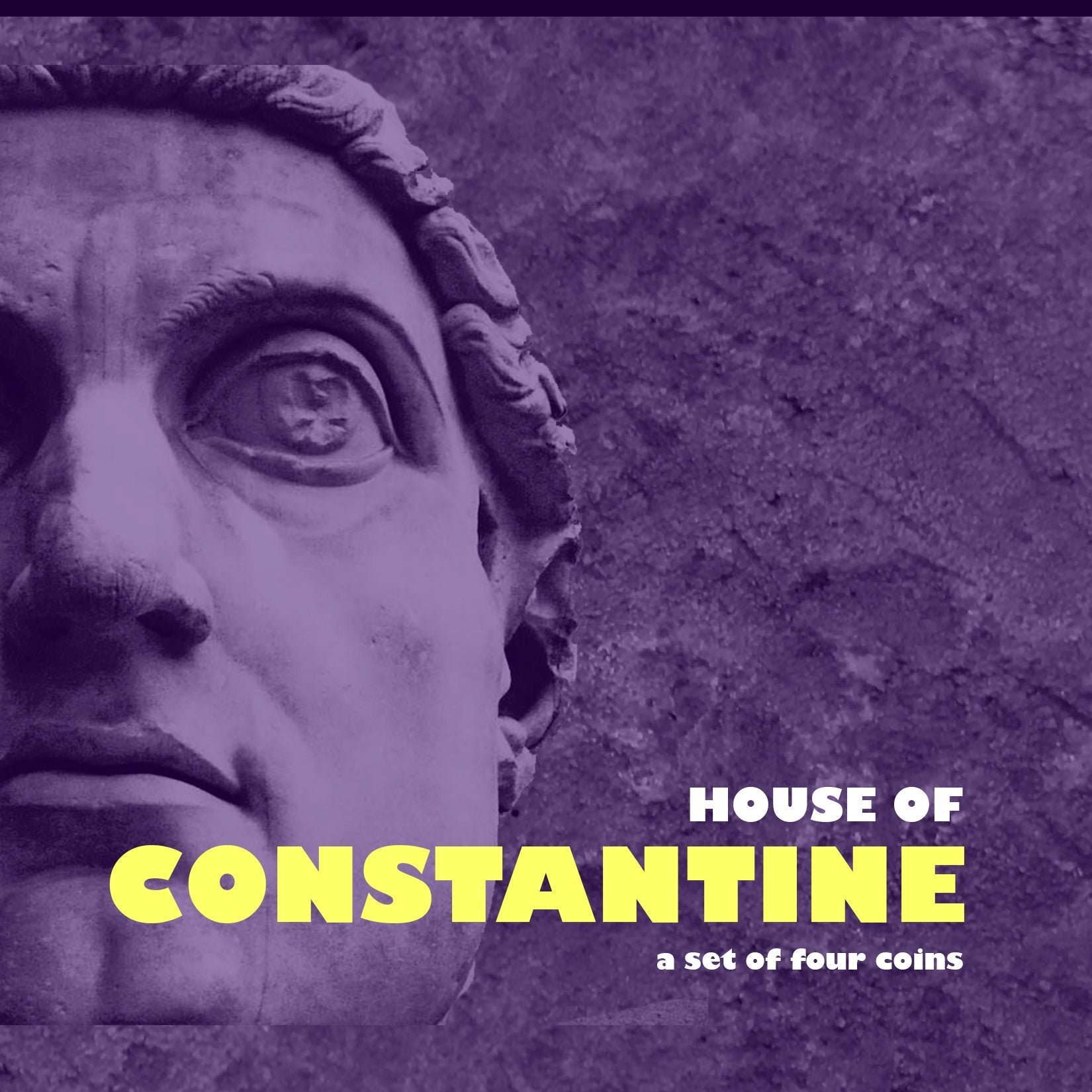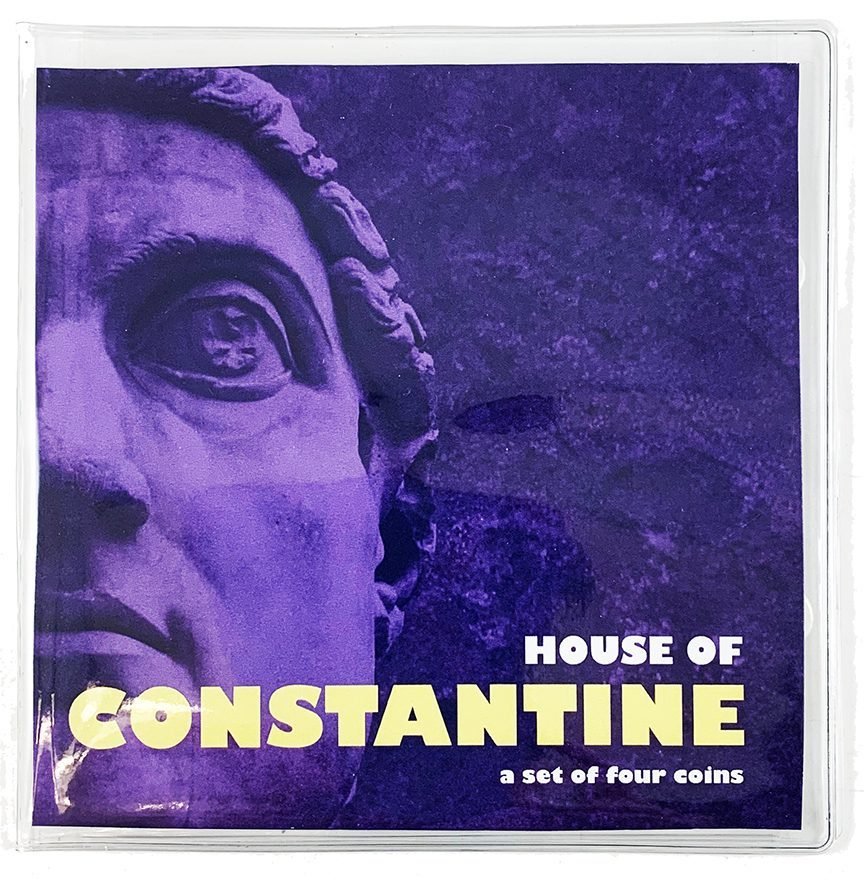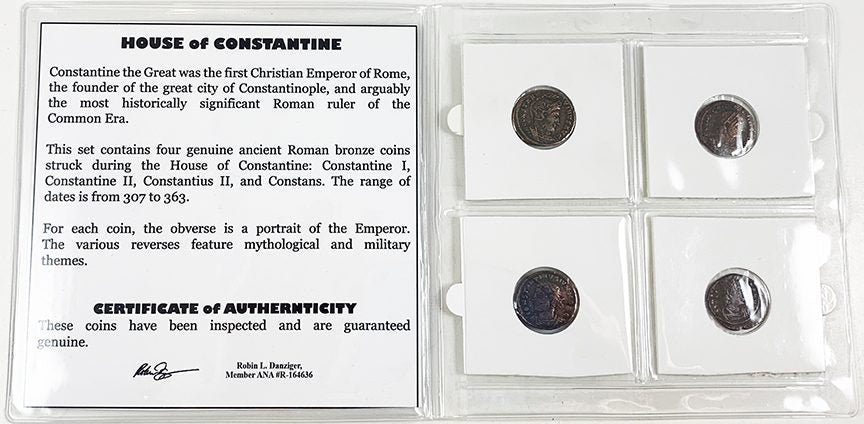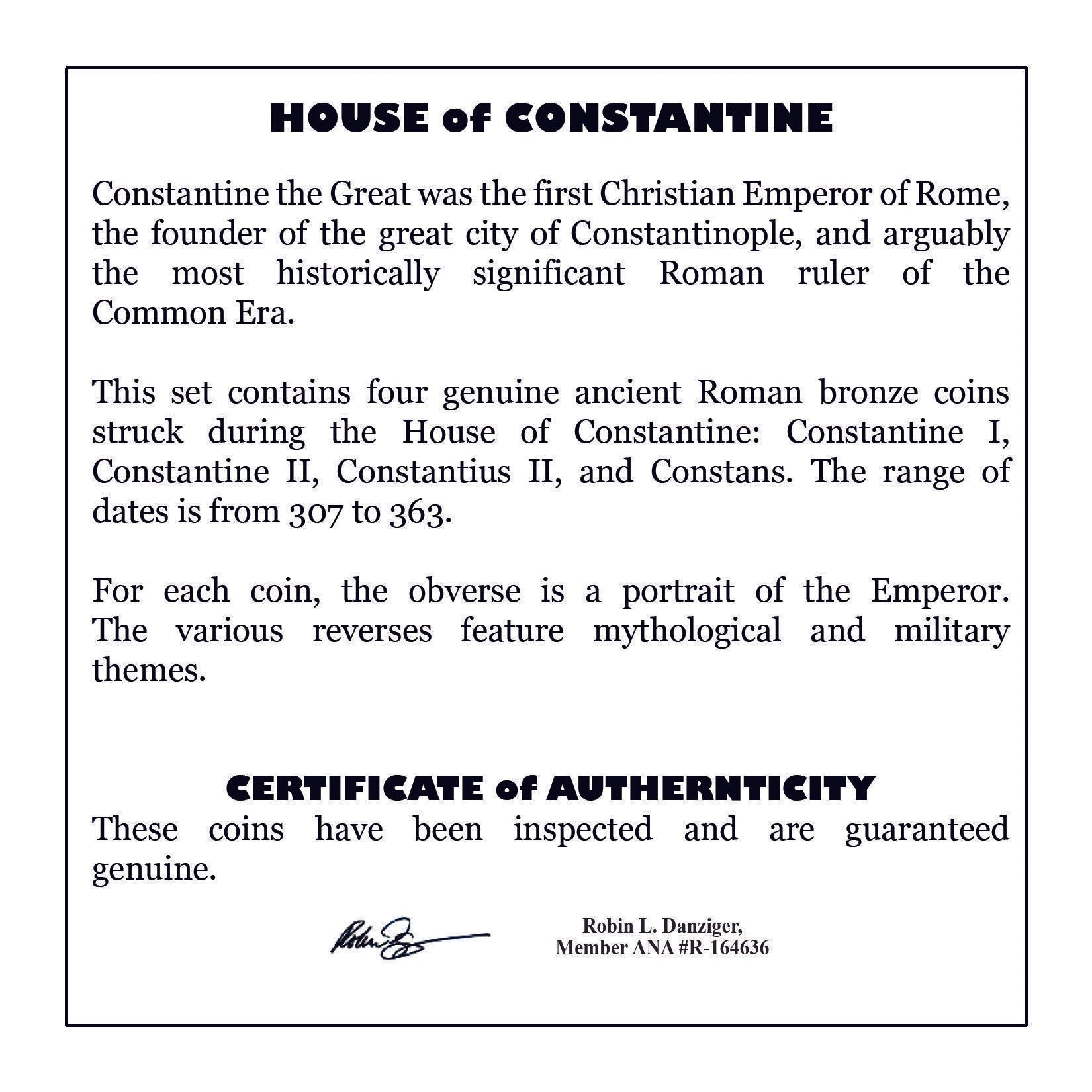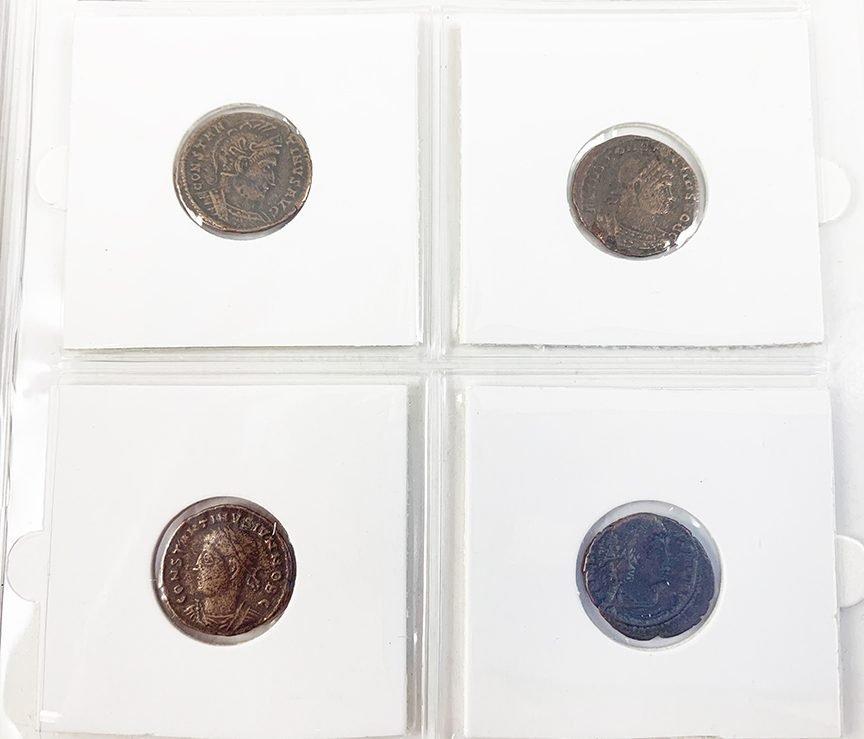Roman Coin of Honorius - AE2 (about 1625 years ago)
A larger bronze denomination from the reign of the Western emperor who presided over Rome during increasingly troubled times, including the sack of Rome by Alaric's Visigoths in 410 CE.
Front side (obverse): Portrait of Emperor Honorius with imperial regalia
Back side (reverse): Roman imperial symbols and inscriptions
Technical specifications: Bronze AE2 denomination coin, NGC certified
Historical significance: Honorius was the son of Theodosius the Great, the last emperor to rule over both Eastern and Western Roman Empires. His reign was guided first by his guardian and later father-in-law, the general Stilicho, during a period of increasing instability in the Western Roman Empire.
A larger bronze denomination from the reign of the Western emperor who presided over Rome during increasingly troubled times, including the sack of Rome by Alaric's Visigoths in 410 CE.
Front side (obverse): Portrait of Emperor Honorius with imperial regalia
Back side (reverse): Roman imperial symbols and inscriptions
Technical specifications: Bronze AE2 denomination coin, NGC certified
Historical significance: Honorius was the son of Theodosius the Great, the last emperor to rule over both Eastern and Western Roman Empires. His reign was guided first by his guardian and later father-in-law, the general Stilicho, during a period of increasing instability in the Western Roman Empire.
A larger bronze denomination from the reign of the Western emperor who presided over Rome during increasingly troubled times, including the sack of Rome by Alaric's Visigoths in 410 CE.
Front side (obverse): Portrait of Emperor Honorius with imperial regalia
Back side (reverse): Roman imperial symbols and inscriptions
Technical specifications: Bronze AE2 denomination coin, NGC certified
Historical significance: Honorius was the son of Theodosius the Great, the last emperor to rule over both Eastern and Western Roman Empires. His reign was guided first by his guardian and later father-in-law, the general Stilicho, during a period of increasing instability in the Western Roman Empire.









